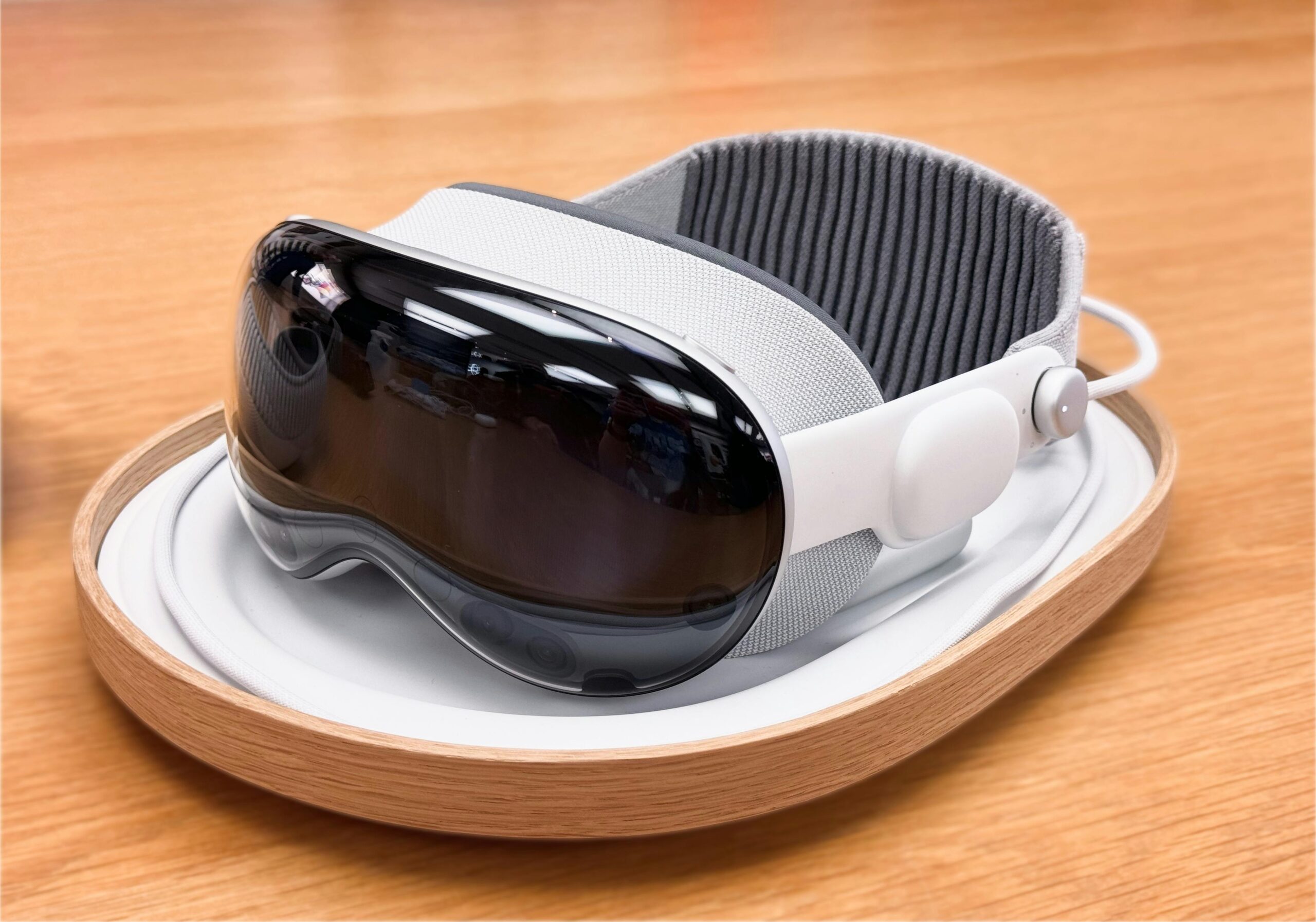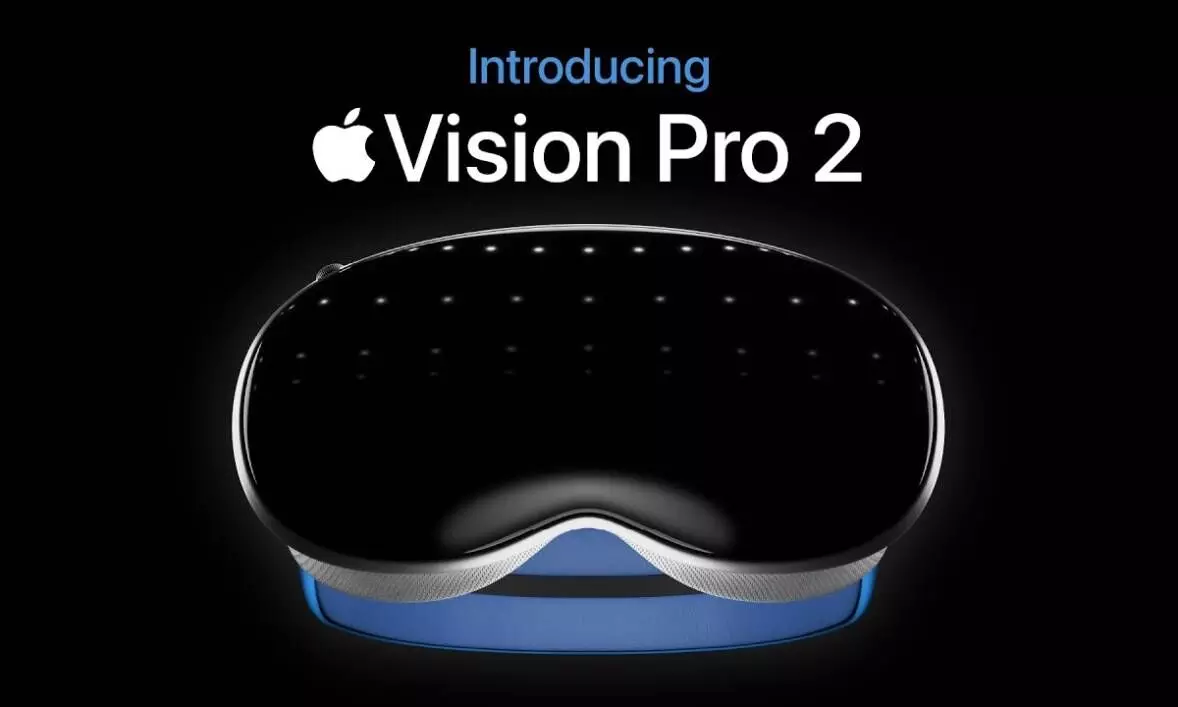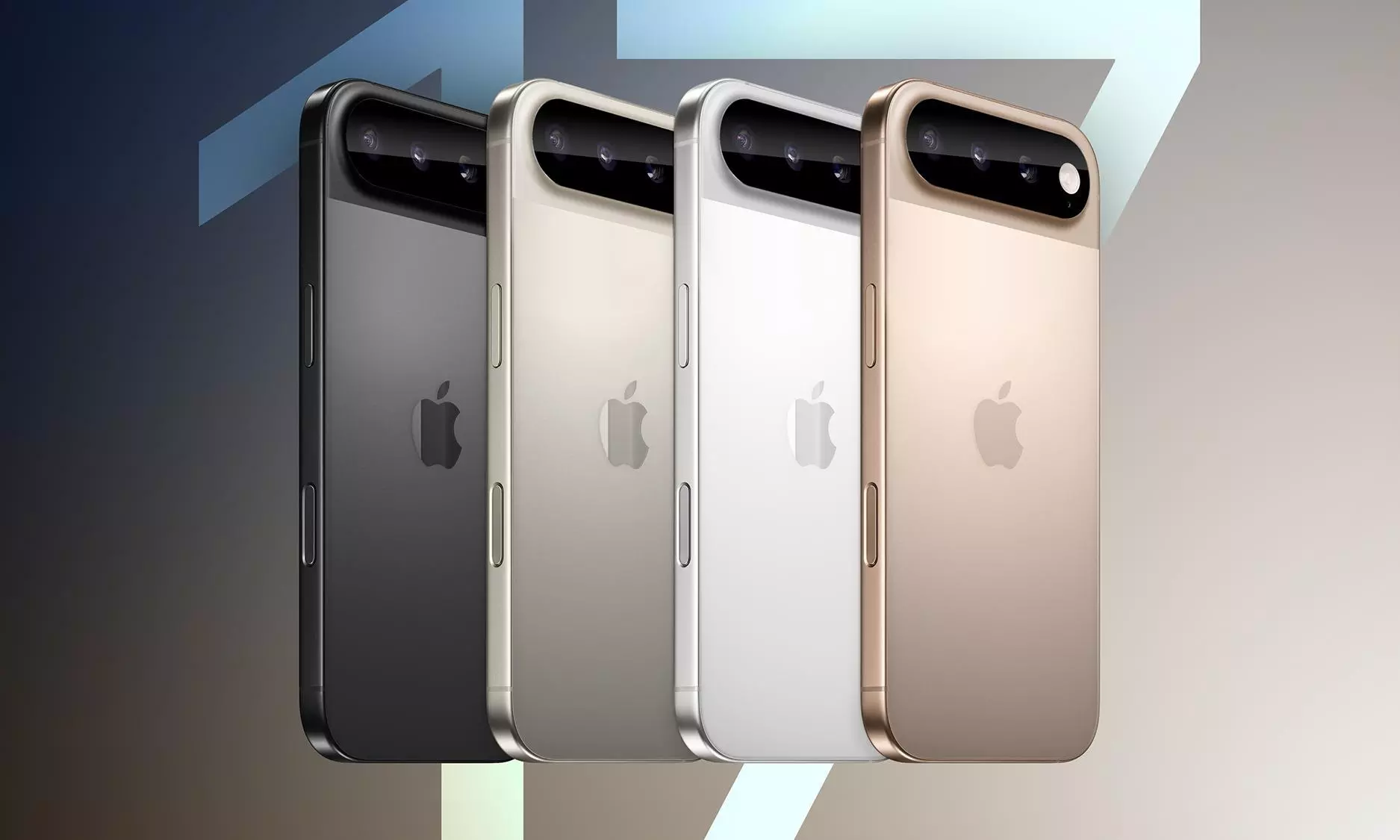Apple Vision Pro 2
Introduction
In 2024, Apple unveiled the Vision Pro, its first step into spatial computing and mixed reality. But Apple isn’t stopping there. In 2025, the tech giant is preparing to launch the Apple Vision Pro 2, a second-generation device promising significant improvements in performance, comfort, battery life, and app ecosystem. For developers, creators, and enthusiasts of cutting-edge AR/VR technology, this is a major leap forward.
This article takes a comprehensive look at the Apple Vision Pro 2, exploring its specifications, improvements over the original Vision Pro, design changes, expected price, and what it means for the future of immersive technology.
What is Apple Vision Pro 2?
The Apple Vision Pro 2 is Apple’s upcoming mixed reality headset, building upon the innovative foundation laid by the first Vision Pro. With advanced spatial computing, eye-tracking, gesture control, and augmented reality (AR) capabilities, Vision Pro 2 is expected to seamlessly integrate digital experiences into the real world with even more finesse.
Unlike the original, which catered mainly to early adopters and developers, Vision Pro 2 is rumored to be more consumer-ready — lighter, faster, and better optimized for everyday use.
Apple Vision Pro 2: Key Specifications (Expected)
| Specification | Details |
|---|---|
| Display | Dual 4K micro-OLED displays (possibly brighter, more color accurate) |
| Processor | Dual-chip design (M4 + R1 upgraded version) |
| RAM | 16GB or higher |
| Storage Options | 256GB / 512GB / 1TB |
| Cameras & Sensors | Enhanced 3D cameras, LiDAR, and environment mapping sensors |
| Eye Tracking | Advanced real-time eye tracking |
| Audio | Spatial audio with adaptive surround tech |
| OS | visionOS 2.0 |
| Battery Life | Up to 3 hours (external pack), possibly wireless options |
| Price | Starting around $3,000 |
Design and Comfort Improvements
The Vision Pro 2 is expected to address one of the biggest pain points of the original: comfort.
-
Lighter build: Apple may use carbon fiber or titanium to reduce weight.
-
Improved headband: A more ergonomic, modular strap design is anticipated.
-
Better ventilation: To reduce overheating during extended use.
-
Slimmer profile: Thanks to improvements in optics and chip efficiency.
Users can expect a more comfortable all-day wearing experience, which could make Vision Pro 2 suitable for professional use, education, and even entertainment.
Display Technology: A Visual Marvel
Apple’s display technology continues to lead the industry. Vision Pro 2 will likely feature:
-
Dual micro-OLED 4K displays with:
-
Increased brightness (up to 5,000 nits)
-
Better color accuracy
-
Reduced motion blur
-
Wider field of view (up to 120 degrees)
-
These displays are designed to deliver crystal-clear 3D visuals and real-world overlays with stunning realism.
Performance and Processing Power
The first Vision Pro used the M2 chip alongside the R1 chip to handle input from 12 cameras, five sensors, and six microphones. Vision Pro 2 is expected to upgrade to:
-
M4 chip (as seen in newer iPads)
-
Next-gen R1 chip for sensor data processing at near-zero latency
This means faster app loading, reduced motion sickness, and smoother multitasking across virtual workspaces.
visionOS 2.0 and New Features
Vision Pro 2 will run on visionOS 2.0, which builds upon the spatial UI framework. Expected features include:
-
Improved multitasking with draggable and resizable windows
-
Spatial Facetime with avatars and real-time facial expression mapping
-
Expanded App Store with optimized apps for productivity, creativity, and games
-
EyeSight 2.0: Better external display that shows your eyes to people around you
-
Siri for AR: Smarter contextual voice assistant integrated with gestures and gaze
With visionOS 2.0, Apple aims to blend digital and physical worlds more intuitively than ever before.
Immersive Content & App Ecosystem
Apple Vision Pro 2 is not just a device—it’s a platform. Apple has reportedly been working with:
-
Disney, Pixar, and Netflix for immersive 3D experiences
-
Microsoft for Office 365 and Teams spatial versions
-
Adobe for AR-enabled creative tools
-
Unity and Unreal Engine for native game development
Expect Vision Pro 2 to support interactive movies, spatial video editing, and holographic design tools, all designed for creators and developers.
Use Cases of Apple Vision Pro 2
-
Work & Productivity: Replace monitors with floating displays in 3D space.
-
Remote Collaboration: Holographic avatars in virtual meetings.
-
Entertainment: Watch movies in a virtual theater or explore 360° experiences.
-
Learning: Medical students exploring anatomy in AR, architects building 3D models.
-
Gaming: Real-world interaction in mixed-reality titles.
Battery Life and Charging
Battery life was a concern with the first Vision Pro. Vision Pro 2 may:
-
Increase wired battery pack runtime to 3–4 hours
-
Support optional wireless battery modules
-
Include fast charging (50% in 30 mins)
-
Potentially integrate MagSafe-like connectors for seamless swaps
This makes it more practical for prolonged sessions without interruption.
Pricing and Availability
Expected Price:
The Apple Vision Pro 2 is likely to start around $2,999–$3,499, depending on storage and accessories.
Expected Launch:
-
Announcement: Early 2026 (possibly March event or WWDC 2026)
-
Release: Mid to Late 2026
-
Regions: U.S. first, then U.K., Canada, Australia, Japan, Germany, and India
Apple Vision Pro 2 vs. Vision Pro 1
| Feature | Vision Pro 1 | Vision Pro 2 |
|---|---|---|
| Chipset | M2 + R1 | M4 + next-gen R1 |
| Display | Dual 4K micro-OLED | Brighter & wider field-of-view |
| Comfort | Heavy, padded strap | Lighter with ergonomic design |
| Battery | 2 hours external battery | 3+ hours, wireless optional |
| Software | visionOS 1.0 | visionOS 2.0 with new features |
| Price | $3,499 | ~$3,000–$3,499 |
Challenges Ahead
Despite its innovation, Apple faces some hurdles:
-
High cost limits mass adoption.
-
Developer adaptation: visionOS needs more optimized apps.
-
Competition from Meta Quest Pro, Samsung XR, and Google-Tensor-based headsets.
-
Privacy concerns over eye tracking and 3D video capture.
Apple’s success with Vision Pro 2 depends on how well it can balance innovation with accessibility.
Final Thoughts: Is Apple Vision Pro 2 Worth It?
The Apple Vision Pro 2 isn’t just a hardware refresh — it’s Apple’s evolving vision of the future. It promises to redefine how we work, learn, and play using spatial computing. While still a premium device, improvements in usability, comfort, and performance make it more appealing to mainstream consumers.
If you’re a creative professional, developer, or a tech enthusiast craving a next-gen immersive experience, the Vision Pro 2 might just be the most transformative gadget you can own in 2026.
FAQs
Q1. What is Apple Vision Pro 2?
Apple Vision Pro 2 is the second-generation mixed reality headset from Apple, featuring advanced spatial computing, improved comfort, dual 4K displays, and a powerful M4 chip.
Q2. When will Apple Vision Pro 2 be released?
It is expected to launch in mid-to-late 2026, following an announcement in early 2026.
Q3. How much will Vision Pro 2 cost?
The price is expected to start around $2,999, with higher configurations possibly reaching $3,499 or more.
Q4. What are the main upgrades from Vision Pro 1?
Vision Pro 2 includes a faster M4 chip, brighter and wider field-of-view displays, better battery life, improved comfort, and visionOS 2.0.
Q5. Can I use Vision Pro 2 for work or gaming?
Yes. Vision Pro 2 supports productivity apps, virtual displays, 3D design, and immersive gaming experiences.
Apple iPhone 17 Series (iPhone 17, 17 Air, 17 Pro, 17 Pro Max)
“Revolutionary Amazon AI Smart Glasses: The Future of Wearable Tech Is Here”
LG Rollable OLED TV (2025): Redefining the Future of Home Entertainment




